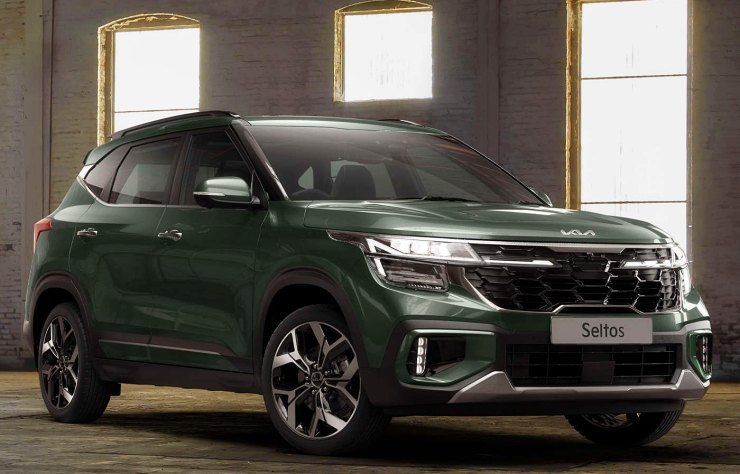Maruti Victoris Has This One Weakness!


Maruti Suzuki’s Victoris arrives with a long list of strengths: a wide dealership network through Arena, competitive pricing, multiple powertrains, and a strong set of features. But there is one clear limitation. Its engines do not match up to rivals on outright performance, a factor that could hold back buyers who place driving power and responsiveness high on their list.

The most powerful Victoris engine is the 1.5-litre strong-hybrid, producing 116 bhp. The 1.5-litre mild-hybrid makes 103 bhp, while the CNG option delivers 87 bhp. Against this, the Hyundai Creta and Kia Seltos offer 1.5-litre turbo-petrol units with 157–160 bhp and 253 Nm of torque. Even their naturally aspirated petrol engines produce 113–115 bhp, still above the Victoris’s numbers.
On paper, this creates a disadvantage of 40–50 bhp compared with turbocharged rivals. In the real world, the gap shows up during highway overtaking, uphill climbs with full loads, or when drivers expect quicker acceleration. Torque differences reinforce the gap, with the Victoris delivering 137–139 Nm while turbo-petrol competitors push out up to 253 Nm.

Turbocharged engines in the Creta and Seltos not only provide higher peak power but also deliver torque earlier and across a wider band. This makes them more responsive in city driving and less dependent on frequent gear changes. Buyers upgrading from smaller hatchbacks or sedans often value this effortless performance as much as fuel economy.
The Victoris, in contrast, focuses on efficiency. The hybrid returns 28.65 kmpl and the mild-hybrid 21.18 kmpl, making them leaders on paper in running costs. But for many mid-size SUV buyers, the reassurance of stronger performance matters just as much. This is where the Victoris can feel compromised.
Because of its power deficit, the Victoris is positioned more for efficiency-focused and value-conscious buyers. That fits with Arena’s customer base but narrows its appeal against competitors that give buyers a choice between lower-powered and turbocharged options.
Performance-minded buyers may not look beyond the numbers. This makes conquest sales harder, especially when rivals pitch themselves as all-rounders with both efficiency and performance variants. The Victoris risks being seen as a practical but not exciting choice.
That said, the Victoris is not without compensations. The strong-hybrid’s electric motor support improves initial acceleration, making the car feel more responsive than its bhp figures suggest. The all-wheel drive option with multi-terrain modes gives it an edge in capability that rivals often lack. And the CNG variant caters to a different set of buyers who care more about running costs than power.
Maruti’s K-series engines are also known for reliability, fuel efficiency, and low maintenance, qualities that resonate with long-term owners. Transmission choices, though basic — a 5-speed manual and a CVT in the hybrid — emphasise smoothness and economy over sportiness, keeping with the overall approach.
The real test for the Victoris will be long-term competitiveness. The SUV market is maturing quickly, and customers expect more power along with efficiency. Hyundai and Kia are already setting benchmarks with turbocharged options. Future updates will only raise the bar further, potentially leaving the Victoris looking underpowered.
Without a higher-output engine in the range, Maruti may find it difficult to address performance-conscious buyers. That creates a gap in market positioning, especially since the Victoris is priced against rivals that already offer stronger outputs.
The Victoris has been built around efficiency, affordability, and wide accessibility — qualities that align with Maruti’s Arena base. But in a segment where performance matters to a growing set of buyers, its lack of a powerful engine stands out. This is the one weakness that could limit its reach beyond value-driven customers.
Maruti will bank on the Victoris’s network reach, hybrid efficiency, safety equipment, and pricing to overcome the perception gap. Whether that is enough depends on how much weight SUV buyers give to horsepower alongside affordability and features. For now, the Victoris looks strong on value but short on outright performance, a trade-off that may decide its future standing in this crowded segment.